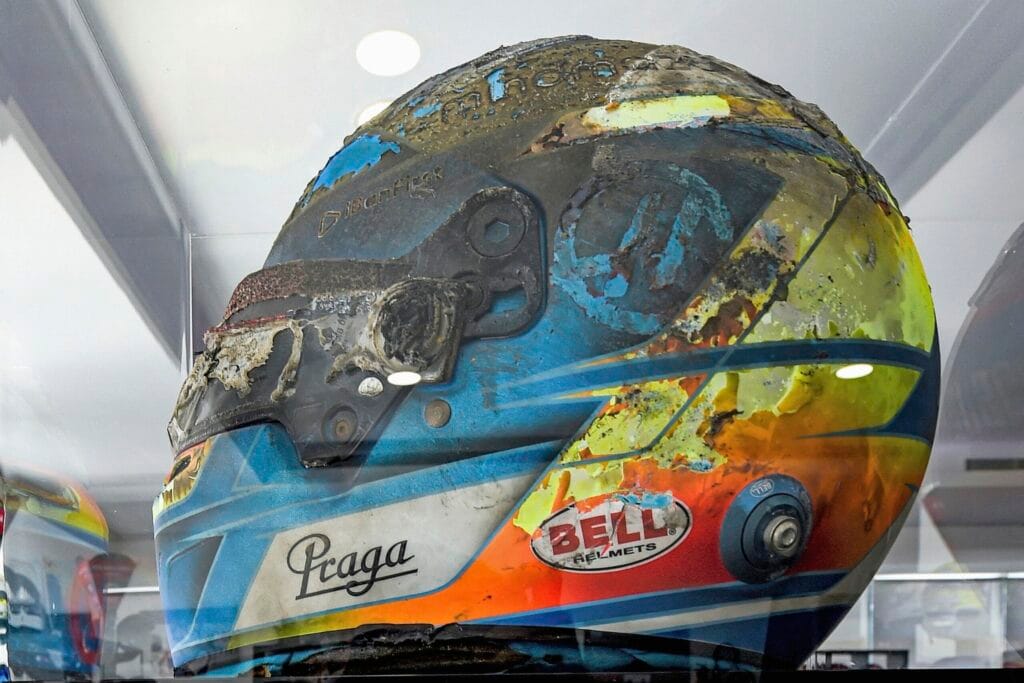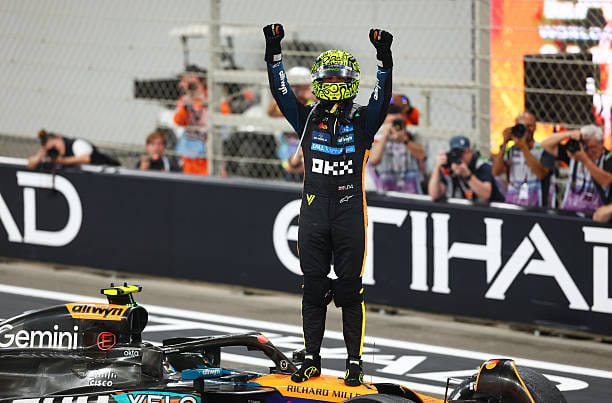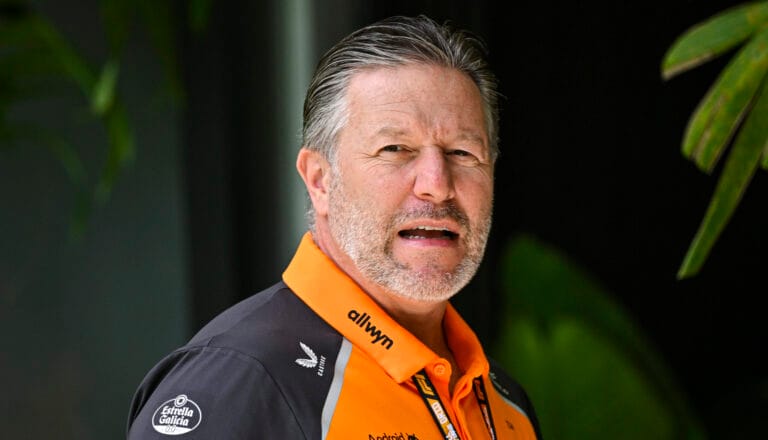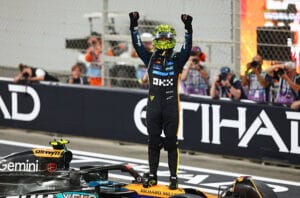On May 1, 1994, the world of Formula 1 was left in shock following the tragic accidents of Roland Ratzenberger and Ayrton Senna at Imola within a span of 48 hours. Technical expert Ernest Knoors explains the safety measures that have been implemented since then and how they are applied in practice. Today, we delve into part 2: Discussing the ‘flip-flop’, helmet & HANS, and the modernization of the circuits.
The ‘Flip-Flop’
The most significant visible change was implemented in 2018 with the introduction of the halo. For a long time, there was a debate about the safety of the driver’s most vulnerable part: the head. The roll bar alone was not sufficient, as evidenced by the severe accident of Jules Bianchi in Japan. The Frenchman crashed into a tow truck and succumbed to the severe brain damage he sustained. The fatal accident of Indycar’s Justin Wilson, who was hit by a part of another car during a race and died as a result, also proved that the roll bar alone does not provide sufficient protection.
Knoors explains, “Several options were tested, with Indycar eventually opting for an aeroscreen and Formula 1 choosing the halo, a titanium bar above the cockpit. I remember there was a lot of resistance from drivers and fans initially because this went against the essence of open-wheel racing. But after a few severe crashes, it quickly became clear that the halo is a valuable addition to the sport, preventing injuries and saving lives. Now, it’s hard to imagine the sport without it.”
Helmet & HANS
Apart from the Formula 1 cars, significant strides have been made in terms of driver safety. For instance, since 1999, the extraction seat has become a standard part of every F1 car. With this method, the stewards can remove the entire seat without having to move the driver and risk further injury. The entire process takes four minutes and 19 seconds, from start to finish.
Head And Neck Support (HANS) System
Since 2003, the use of the Head And Neck Support (HANS) system has been mandatory. This system significantly reduces the risk of neck fractures and skull base fractures. “The system consists of a brace worn on the driver’s shoulders and attached to the helmet,” explains Knoors. “It absorbs the force of impact during a crash and limits the movement of the driver’s neck. Initially, there was considerable resistance from drivers who felt it restricted their freedom of movement. Therefore, it took quite some time before it became mandatory. However, it’s worth noting that Ratzenberger would likely have survived his crash had this system been in place.”
Monitoring Head Movement and Biometric Gloves
To better monitor head movement during a crash, drivers have been wearing accelerometers in their ears since 2014. Additionally, since 2018, drivers have been using biometric gloves. These gloves measure oxygen levels and heart rate, enabling medical personnel to intervene more quickly if necessary.
The Visor
“Helmets have become much safer over the past thirty years,” says Knoors. “Since 2001, they have been made of carbon fiber, and in 2011, the overall construction was further strengthened. This was partly a result of the incident involving Felipe Massa in Hungary in 2009. An 800-gram spring broke off from Rubens Barrichello’s car in front of him and hit Massa’s helmet at 250 km/h. Massa was fortunate to be able to race again after his hospital stay, as the incident could have had a much worse outcome.”
Introduction of Safer Helmets in Formula 1
Since 2019, a new and safer helmet has been mandatory in Formula 1. Notably, the height of the visor has been reduced by ten millimeters to make room for ‘ballistic protection’, or protection around the visor against flying objects, as was the case in Massa’s accident. Additionally, the protective structure on the side has been modified (and enlarged) to better align with the headrests of Formula 1 cars.
“Of course, Formula 1 is a dangerous sport and dangerous situations can and will always arise,” says Knoors. “Consider the recent crashes of Romain Grosjean in Bahrain (2020) or Zhou Guanyu in Silverstone (2022). However, due to transformations in safety, the chance of a driver walking away unscathed from a wreck is much greater than during that fateful weekend thirty years ago.”
Modernization of Circuits
The circuits have also undergone a safety metamorphosis after the black weekend of Imola 1994. “After the disastrous weekend, this initially happened awkwardly with extra emergency chicanes made of tire stacks,” says Knoors. “Extra corners were also created to limit speed, such as at Eau Rouge during the Belgian GP. In total, 27 dangerous corners were modified at existing F1 circuits, including the notorious Tamburello at Imola where Senna lost his life.”
Over the years, run-off areas have been expanded, gravel traps added, and walls moved on existing circuits. All new circuits are designed according to the latest safety standards. For fans, this means they often sit further from the track. From 2006, Tecpro barriers have been used as a modern replacement for traditional tire stacks. These absorb and reduce the force of an impact during a crash, which improves the safety of the drivers.
Finally, in 1994, the speed in the pit lane was also adjusted. “It’s hard to imagine, but back then you could just drive at full speed while the mechanics were almost knocked off their feet! In fact,” Knoors believes, “Senna drove the fastest lap during the GP of Europe at Donnington Park by driving at full speed through the pit lane.”









